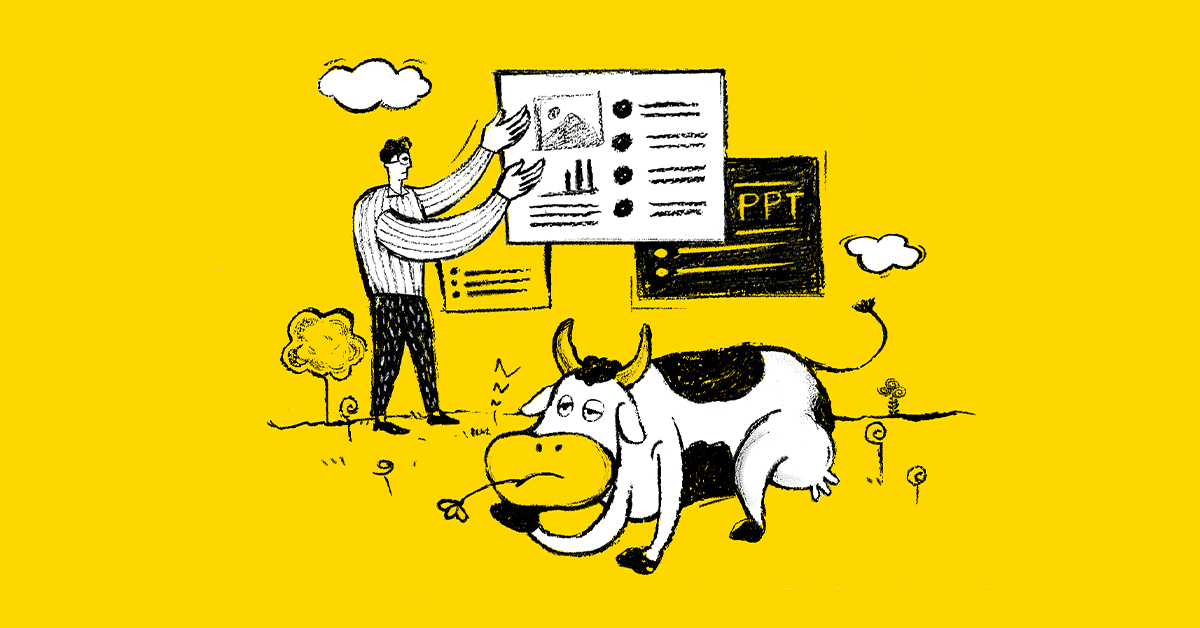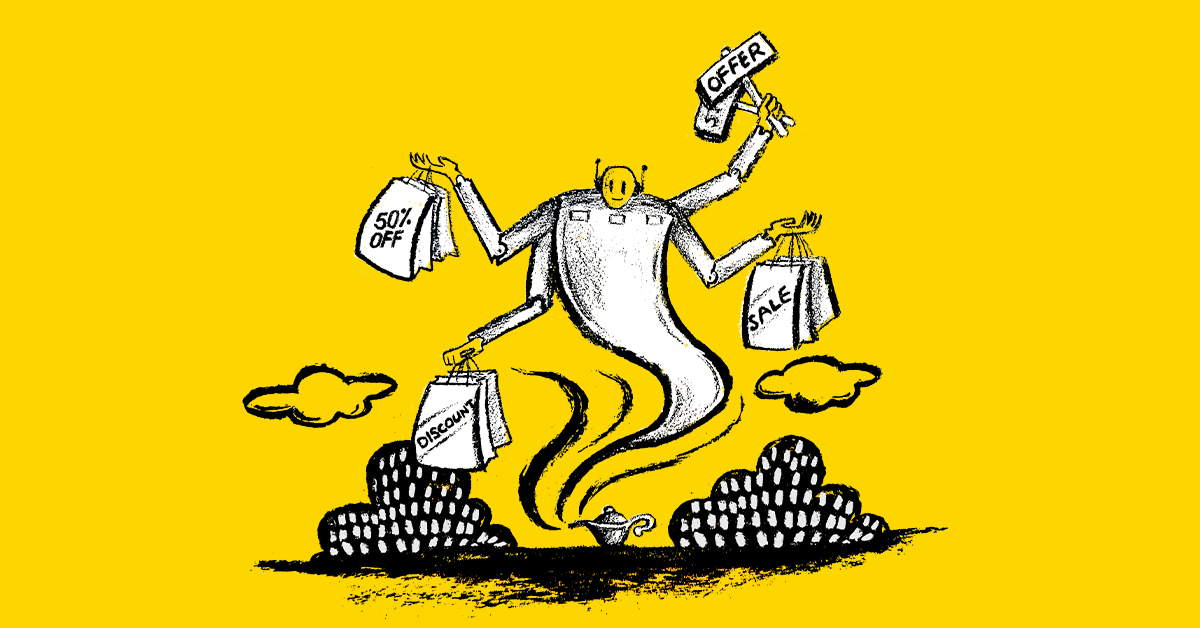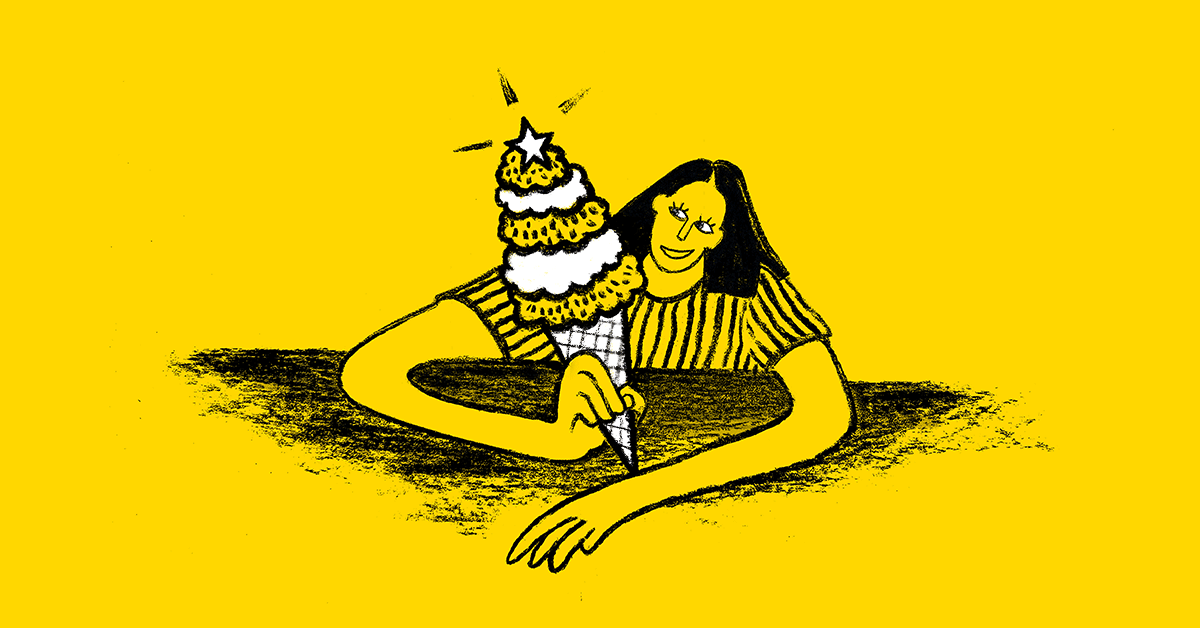Step aside, old guard—AI isn’t just knocking on the door of design; it is kicking it wide open by promising to revolutionise creativity with unprecedented efficiency.
Every major brand or tech giant is calling it the next big creative leap. But beneath all this hype of AI in the design industry lies a critical question: Is AI truly pushing the boundaries of creativity, or are we merely witnessing a clever rehashed version of old ideas?
AI is Changing the Future of Design. But is it Really Creative?
In the last few years, the AI design revolution has exploded, with nearly 72% of businesses adopting some form of AI into their workflows, according to a McKinsey survey. From Nike and Coca-Cola to Netflix, large agencies and freelance designers eagerly use cutting-edge AI design tools to whip up logos, social media creatives, and even full-blown branding kits.
But does using AI mean better creativity?
The Case Against AI-Generated Creativity: The Death of Originality?
AI design tools like Midjourney or DALL·E analyse vast amounts of existing visual data to identify design patterns to produce or “replicate” visuals that align with those patterns based on predictions. While these tools can generate designs in seconds, the originality of their work remains debatable. This is especially evident in marketing, an industry that has embraced GenAI designs yet remains sceptical of their true impact. Suzanne Schwartz, Senior Director at Gartner, highlights this divide by saying, “Many believe GenAI will transform marketing, but despite the hype, many CMOs feel their GenAI investments have yet to pay off.”
And that’s the Achilles’ heel of AI in the design industry. Unlike human artists who channel personal experiences, emotions, and cultural contexts into their work, AI design tools lack intent, perspective, and real-world awareness.
As a result, AI-generated designs, while visually arresting, may lack the emotional depth found in human-created art.
The Aesthetic Homogenisation Problem
Another big pitfall of AI-generated design is its tendency to produce aesthetically similar outputs.
Since AI design tools pull from the same data sources, they often generate visuals that look and feel oddly similar when viewed collectively (see the image). This leads to a bland uniformity in AI designs, which can become an issue for CMOs and startup founders striving to differentiate their brands with an original design identity in an oversaturated market.
Additionally, AI tools’ reliance on algorithms can lead to “safe” design visuals that are technically sound but lack the creative risks that create groundbreaking art with daring ideas.

The Ugly Risks of AI-Generated Design
The rise of AI designs has also sparked major legal and ethical debates. These designs are generated by tools trained on copyrighted images without the original artists’ consent, blurring the line between inspiration and plagiarism.
As a result, several artists are already filing lawsuits against AI art design tools and platforms like Stability AI, Midjourney, and DeviantArt for allegedly using copyrighted work without consent, credit, or compensation. These cases lead to a critical question: If AI-generated designs are built on stolen work, can they ever be considered truly creative?
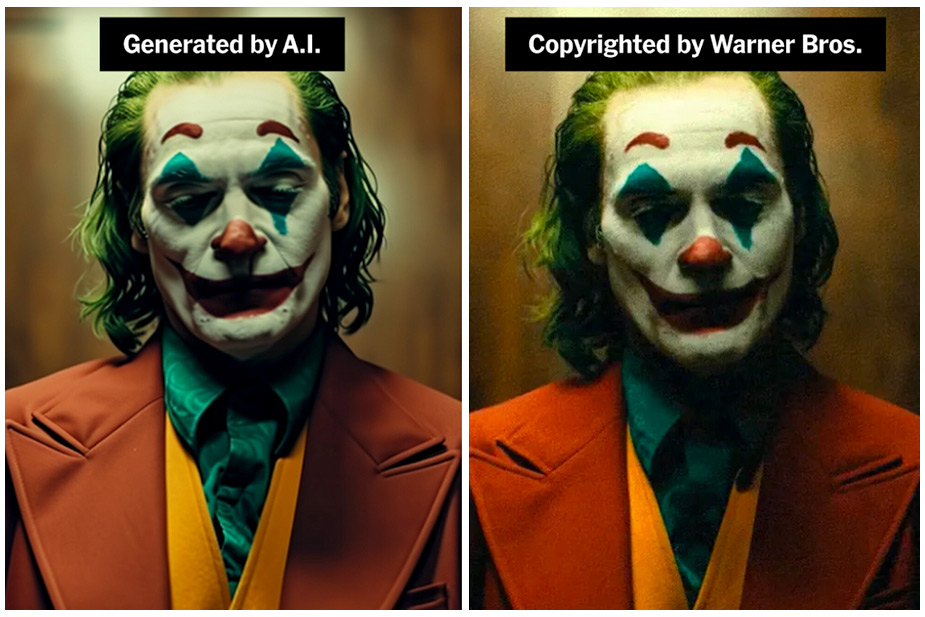
The Case for AI-Generated Designs: Where It Shines
Despite these challenges, it’s important to note that AI isn’t the villain in this story.
The real value of AI in design isn’t in creating the next iconic logo or creative brand identity. It’s in making the design process faster, smarter, and scalable.
AI Cuts Out the Grind, Not the Genius
When used wisely, AI design tools can be invaluable for creators and brands in accelerating ideation, removing backgrounds in seconds, enabling rapid prototyping, and offering fresh perspectives or directions on creative challenges.
For instance, many artists, like Refik Anadol, have used AI to create immersive art installations. His work, “Machine Hallucinations: Unsupervised,” showcased at The Museum of Modern Art (MoMA), explores what a machine might dream about after processing over 200 years of art from the museum’s collection.
Personalisation at Scale
Many AI design tools also allow brands to generate endless ad variations, social creatives, and UI layouts that adapt to different audiences. Coca-Cola even used AI-powered DALL-E to create custom visuals for its “Create Real Magic” campaign, allowing fans to generate their own Coca-Cola-inspired artwork. This level of mass personalisation would have been impossible without AI in design.
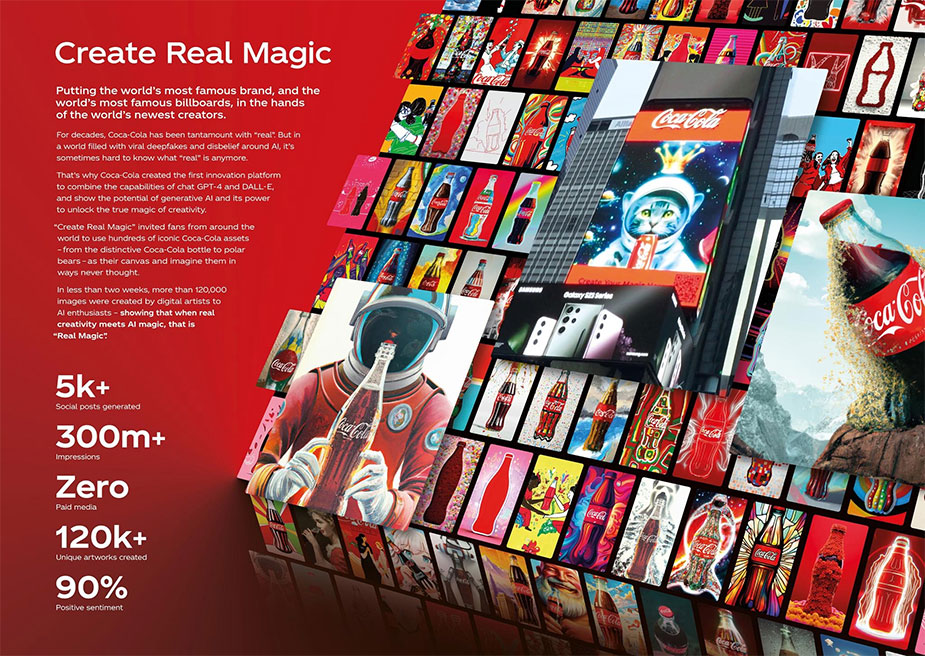
The Final Verdict
AI in design isn’t the enemy of creativity, but it’s also not the creative genius the industry wants to believe. True creativity is about pushing boundaries, taking risks, and injecting soul into every piece of work. And that’s something AI, for all its brilliance, can’t replicate.
Would Basquiat use Midjourney? To experiment, maybe. Would he let it dictate his art? Not a chance. But can AI and human creativity coexist? Absolutely.
In the end, the real creative revolution isn’t just AI itself. It’s also how we choose to use it. Because in a world increasingly ruled by algorithms, it’s our human ingenuity that remains the ultimate competitive edge in design.








